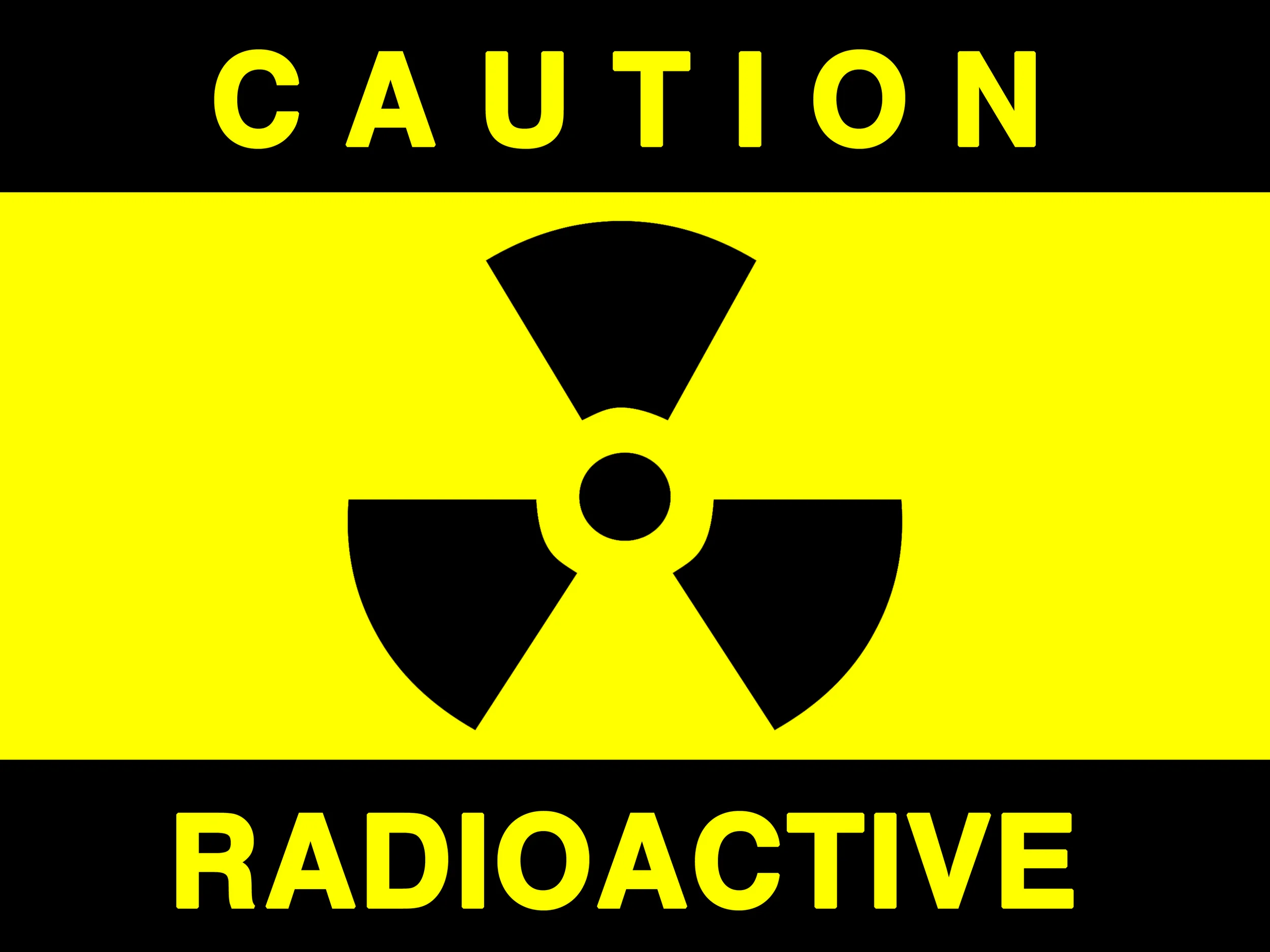Radiation for Prostate Cancer: Hidden Risks?
/External beam radiation, also known as IMRT, has long been considered equivalent to surgery in the treatment of prostate cancer. However, two groundbreaking papers were recently published that have called this concept into question. The papers address two areas of concern_ The effectiveness of the treatments in curing cancer, and the unintended side effects. We'll explore these questions by reviewing the two articles.
Are prostate cancer patients more likely to develop metastases after radiation than surgery?
This was a question asked by Dr. Michael Zelefsky and colleagues in a recent paper from the Journal of Clinical Oncology, published last month. Most prostate cancer papers simply look at mortality, whether patients die or not, but metastases are also a significant prostate cancer end-point. They can be extremely painful; they can cause fractures and even paralysis. This study followed 1300 prostate cancer patients who underwent radical prostatectomy (surgery) and compared them with 1100 patients who received radiation from 1993 to 2002.
They found that patients treated with radiation were 65 percent more likely to develop metastases than patients who underwent surgery. It should be noted that the patients receiving radiation were older and had worse prostate cancer at diagnosis than those undergoing surgery. However, when comparing patients with similar prostate cancer aggressiveness, the patients receiving radiation continued to have worse outcomes. Complicated statistical tests controlling for these factors were used to come up with the 65 percent figure I mentioned above.
Another important feature of this study is that all the prostatectomies were performed by two excellent, highly experienced surgeons. It is possible that the outcomes may have been different if less experienced surgeons had been performing the procedures. But it appears that in the hands of skilled surgeons, the risk of metastasis is lower following surgery than radiation.
Can radiation for prostate cancer actually cause other cancers?
It has long been known that radiation can both cause and cure cancer. Therapeutic radiation works by damaging the DNA of cancer cells, effectively killing them. However, it also damages the DNA of normal, non-cancerous cells along the path of the radiation beam. Such DNA mutations put these healthy cells at risk of developing cancer. Current techniques for delivering radiation to cancerous tissues attempt to minimize the radiation exposure to healthy tissue, but cannot completely protect them.
Dr. Pierre Karakiewicz and colleagues followed almost 18,000 men with prostate cancer who underwent either prostatectomy or external beam radiation to assess their risk of developing "second" cancers of the bladder, rectum or lung. The paper, published in January in the official journal of the American Society of Therapeutic Radiation Oncology, showed that five years after receiving radiation, such patients had twice the likelihood of developing rectal or lung cancer as those who had surgery. Radiation also increased the likelihood of developingbladder cancer by 40 percent. And as many as one of every 19 patients receiving radiation for prostate cancer developed a second cancer.
The results of these studies should serve to remind patients that their choice of prostate cancer treatment can have serious consequences. It is important that they hear and understand the true risks of all options before undergoing any form of treatment.

